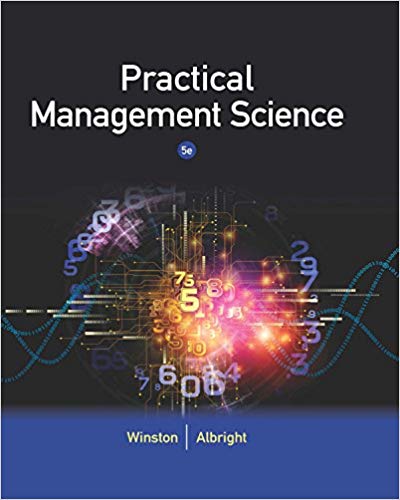Q6. Consider a taxi station where taxis and customers arrive in accordance with Poisson processes (i.e., waiting time for the next customer is an

Q6. Consider a taxi station where taxis and customers arrive in accordance with Poisson processes (i.e., waiting time for the next customer is an exponential random variable) with respective rates of one and two per minute. Each taxi only takes one customer. A taxi will wait no matter how many other taxis are present. However, an arriving customer that does not find a taxi waiting leaves. The arrival and departure of taxis can be modeled as an M/M/1 queue. (Hint: this is similar to Q5 of HW5. Now the departure rate is 2 per unit time (minute) and the arrival rate is 1.) 1. (5 pts) Formulate the balance equation. 2. (10 pts) Solve for P. (Hint: use the same procedure as the standard M/M/1 queue in Lecture 24) 3. (10 pts) Compute the average number of taxis waiting. 4. (5 pts) Compute the proportion of arriving customers that get taxis (Hint: the proportion of arriving customers that gets taxis is the proportion of arriving customers that find at least one taxi waiting. Equivalently, it is the probability that at least one taxi is waiting).
Step by Step Solution
3.30 Rating (159 Votes )
There are 3 Steps involved in it
Step: 1
The problem describes a system that can be modeled as an MM1 queue where taxis and customers arrive ...
See step-by-step solutions with expert insights and AI powered tools for academic success
Step: 2

Step: 3

Ace Your Homework with AI
Get the answers you need in no time with our AI-driven, step-by-step assistance
Get Started


